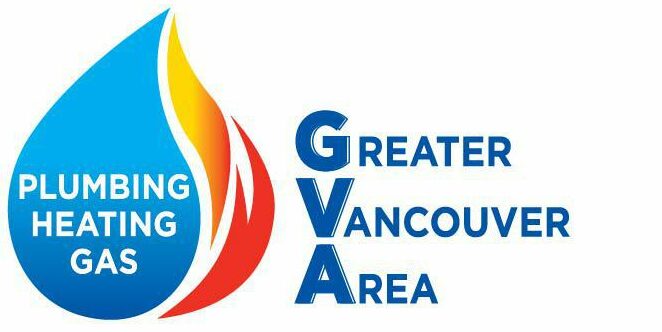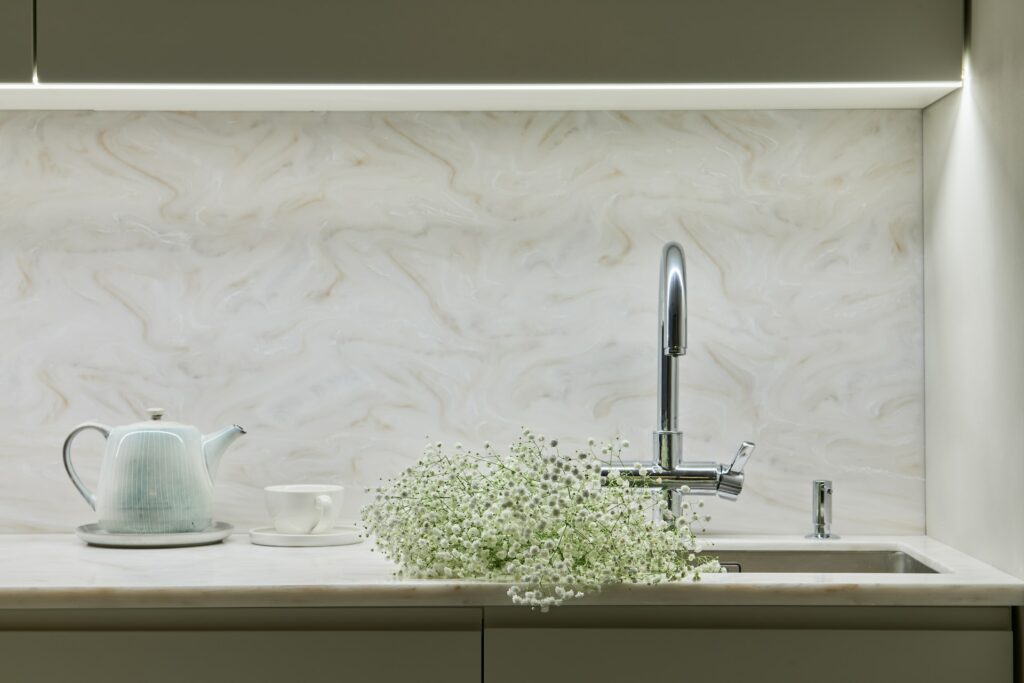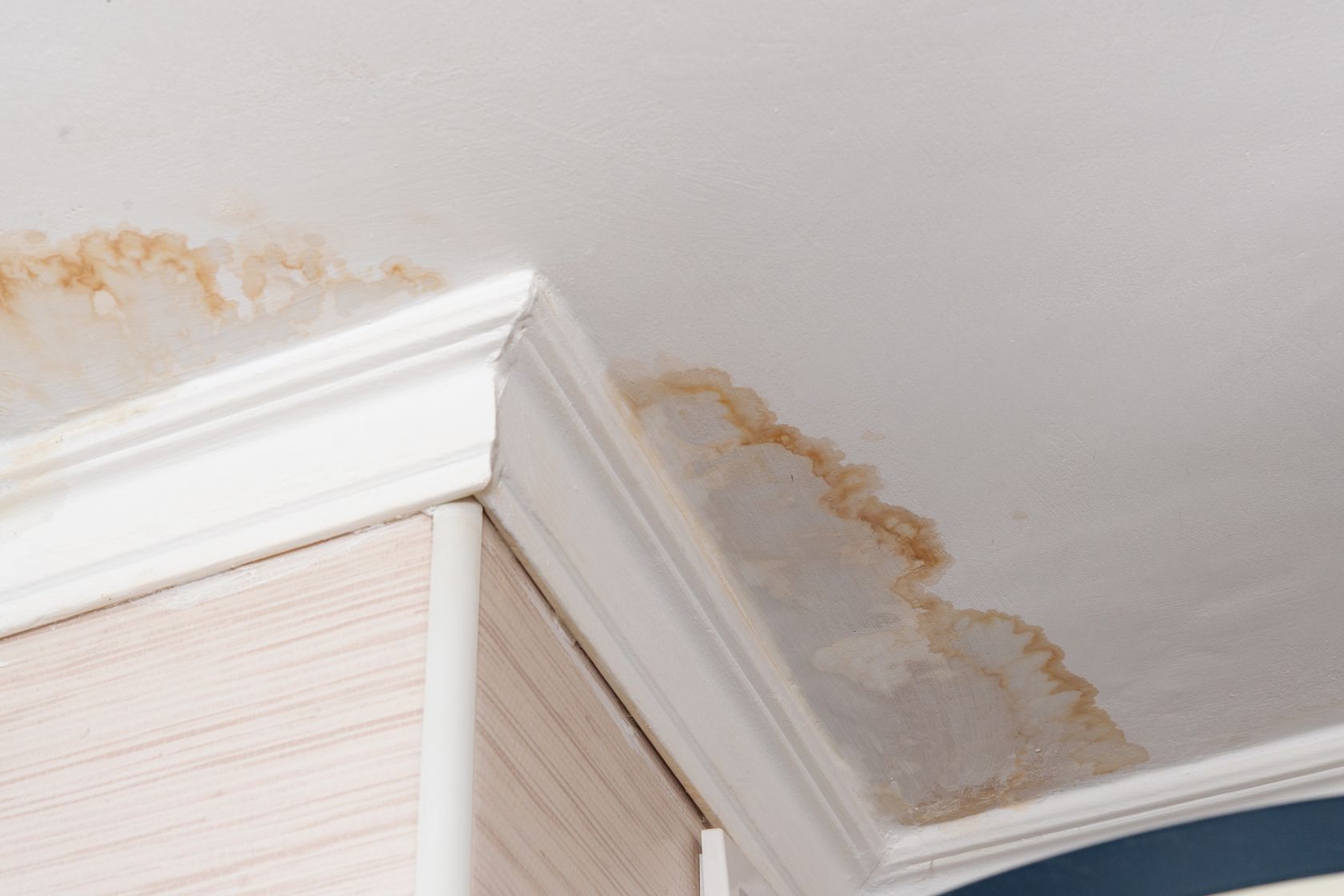Drains are an essential part of every home’s plumbing system. They help to keep our homes clean and free from waste by allowing water to flow out of the house and into the sewer system. A home has different types of drains, such as bathroom and kitchen drains. These drains serve other purposes and are designed to handle different types of waste.
Here are the differences between bathroom and kitchen drains and how they are designed to handle different types of waste. We will also cover how to clean and maintain these drains to ensure they function properly.
Design
The design of bathroom drains and kitchen drains is different from each other. Bathroom drains are designed to handle water, soap, and hair. They are usually smaller and have a trap to prevent odours from returning to the drain. The trap also helps prevent clogs in the drain by trapping hair and other debris.
On the other hand, kitchen drains are designed to handle food waste, grease, and oil. They are usually larger and do not have a trap, as they can get clogged easily with food waste. Instead, they have a garbage disposal unit, which grinds the food waste into small particles, making it easier to flow through the drain.
Bathroom Drains
Bathroom drains are typically found in the sink, shower, and bathtub. They are designed to handle water, soap, and hair. Soap and hair can quickly accumulate in bathroom drains, causing clogs and foul odours. It is essential to clean these drains regularly to prevent clogs and odours.
Cleaning bathroom drains can be done using a plunger or a drain snake. A plunger can dislodge small clogs, while a drain snake is used for more stubborn clogs. It is also recommended to use a hair catcher to prevent hair from going down the drain. Hair catchers are inexpensive and can be easily found in hardware stores.
Kitchen Drains
Kitchen drains are typically found in the sink and are designed to handle food waste, grease, and oil. Food waste can easily get stuck in the pipes, causing clogs and foul odours. Grease and oil can also build up in the pipes, causing a blockage. It is essential to clean these drains regularly to prevent clogs and odours.
Cleaning kitchen drains requires more careful cleaning than bathroom drains. The best way to clean kitchen drains is by using a mixture of baking soda and vinegar. This mixture helps break down the food waste and eliminates the foul odour. It is also recommended to use a garbage disposal unit, which helps break down the food waste and prevents it from clogging the pipes.
Maintenance
Maintaining bathroom and kitchen drains is essential to ensure they function properly. Bathroom drains require regular cleaning to prevent clogs and hair and soap scum buildup.
Kitchen drains also require regular cleaning to prevent food waste and grease buildup. It is recommended to use a garbage disposal unit, which helps break down the food waste and prevents it from clogging the pipes.
Conclusion
Bathroom drains are designed to handle water, soap, and hair, while kitchen drains are designed to handle food waste, grease, and oil. Following these tips, you can keep your bathroom and kitchen drains working efficiently for years.
If you need a reliable and experienced commercial plumbing company in Langley, GVA Plumbing & Heating Ltd. has you covered. Our licensed and bonded team has over 24 years of experience providing top-notch plumbing services to our clients. Contact us today!




